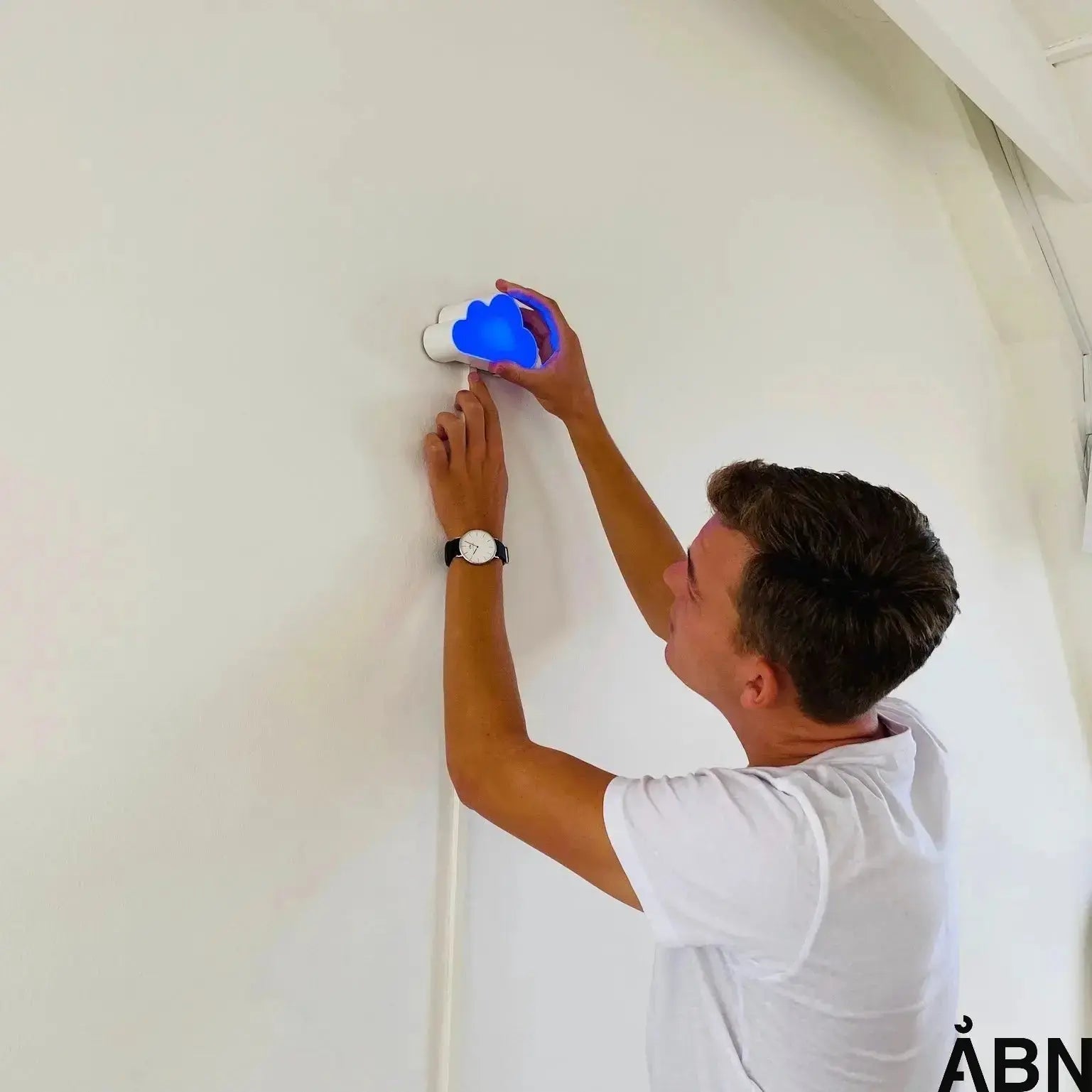Can you measure poor indoor climate? Yes – and you should
Imagine walking into a classroom or office. The air feels heavy, your head feels a little heavy, and your concentration drops. These are classic signs of poor indoor air quality – but how do you really know if it’s a real problem and not just a bad day?
The answer is simple: Yes, you can measure it .
What is “bad indoor climate”?
Poor indoor air quality occurs when air quality, temperature, humidity, light or sound conditions deviate from what supports health, well-being and efficiency. In many cases, this is due to excessive CO₂ levels , excessively high or low temperatures, poor ventilation or invisible sources of pollution such as dust, VOCs (volatile organic compounds) and moisture problems.
A high CO₂ level is often the most tangible indicator. According to the Danish Working Environment Authority's recommendations, the CO₂ content should not exceed 1,000 ppm in rooms where people spend a long time. In Danish schools, the figure is above this limit in up to 60-90% of classrooms during the day.
How to measure poor indoor air quality
Measuring indoor climate is not rocket science – but it requires the right tools. A good measurement should at least record:
-
CO₂ level – indicator for air exchange and ventilation
-
Temperature – affects comfort and concentration
-
Humidity – too low can cause dry mucous membranes, too high can create a breeding ground for mold
-
Particles and VOCs – invisible, but can affect health and well-being
-
Noise and light – often overlooked factors that are also part of the indoor climate
At ÅBN, we have developed the SKY , which continuously measures and displays CO₂, temperature, humidity, noise, light and TVOC in an intuitive way. When the meter lights up green, the air is good. Yellow or red? Then it's time to take action – often simply by airing out.
Why is it important to measure?
You can't improve what you can't see. Poor indoor air quality can:
-
Decrease concentration and learning by up to 10%
-
Increase the risk of headaches, fatigue, and respiratory illnesses
-
Provide more sick days – in schools and workplaces
By measuring, you get an objective basis for action. This can be adjusting ventilation, changing ventilation routines or, in larger projects, improving the building's technical installations.
From measurement to action
Measurement is the first step – but the value comes when data leads to concrete changes. These can be small initiatives such as:
-
More frequent ventilation
-
Adjustment of ventilation systems
-
Changes in use of the room
On a larger scale, this could involve renovating or replacing ventilation systems. But even small changes in behavior can have a big impact.
Conclusion:
Yes, you can measure poor indoor air quality – and you should do so on an ongoing basis. With the right sensors and data, it becomes possible to act quickly and purposefully so that everyone can breathe easier – both in schools, daycare centers and workplaces.









